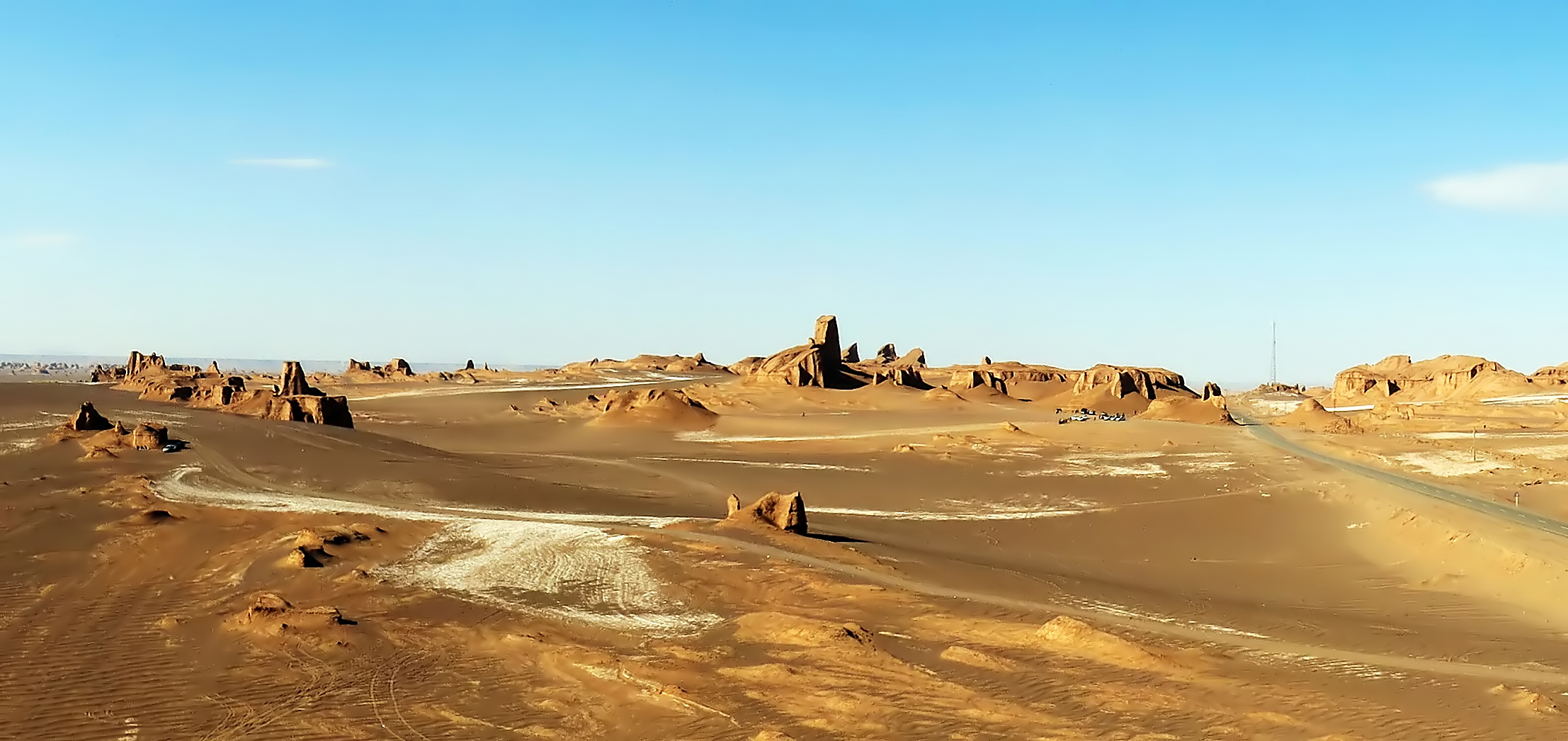Lut Desert was declared Iran’s 21st world heritage site on July 17 and became the country’s first-ever natural heritage on UNESCO’s coveted World Heritage List.
Prior to the commencement of the 40th session of the UNESCO World Heritage Committee in Istanbul, Turkey, on July 10, Iran was already boasting 19 world heritage sites—the most held by any Middle East country.
In other words, Iranian cultural heritage officials are experienced in managing cultural and historical sites of international importance.
However, Lut Desert is neither a historical nor a cultural site, and requires special plans for its potential to be fully realized.
Looking at famous deserts across the world, such as Morocco’s portion of the Sahara, Rub’ al-Khali in the UAE and Botswana’s share of the Kalahari Desert, they have all had significant impacts on local economies. Even more interesting is that none of the aforementioned deserts is a world heritage site.
Lut Desert not only carries the title of the world’s place (NASA satellites recorded temperatures as high as 70.7° C in 2005), but it also boasts UNESCO status that places it in a very favorable position compared to other deserts.
The vast desert stretches across the provinces of South Khorasan, Sistan-Baluchestan and Kerman, all of which have some of the least developed local economies.
With around 80% of the desert located in Kerman, industry insiders say the southern province stands the best chance of reaping the economic benefits of Lut Desert’s inscription on the World Heritage List, as long as comprehensive plans are devised and implemented for developing infrastructure and preparing the ground for the arrival of foreign tourists.
The Emirati Model
Most first-time travelers to the UAE take a tour of the famed Rub’ al-Khali Desert. Although most may not even know the name of the desert, all of them know about the desert safaris.
That is because Emirati tourism officials and travel agencies have gone out of their way to promote desert safaris, especially on the Internet. A quick search online for outdoor desert activities in the UAE yields countless results from various tour operators offering diverse packages, some of which cost hundreds of dollars per person and are seemingly popular.
Some tours even offer cruises along the Dubai marina after taking tourists on camel and quad bike safaris, something that can be replicated in Kerman since the province’s southern shores border the Sea of Oman.
In fact, according to a piece in the Persian daily Donya-e-Eqtesad, the UAE’s marketing campaign has been so successful that it initially led to a massive influx of desert tourists, from 100,000 in 2000 to 800,000 in 2010, prompting officials to designate portions of the desert as protected areas to prevent damage to one of their main sources of income.
Botswana’s Experience
In Botswana, tourists visit the Kalahari Desert for its amazing ecological diversity, but usually find themselves enticed by the dazzling craftsmanship of desert dwellers.
Apart from the diversity of wildlife, the desert is devoid of any notable natural attractions.
But tourists still pour in to be able to interact with the nomads and the locals living in permanent settlements, allowing the local populace to sell their handicrafts and make a decent living.
Lut’s Key Features
In addition to being the hottest place on Earth, Lut Desert has a number of features that may pique the interest of adventurous travelers.
Located on the eastern edge of the desert in Kerman, Shahdad is a small town known for its history, which dates back to the 3rd millennium BC, and its yardangs (kaloot in Persian) are said to be among the tallest in the world.
Some reports say the desert is home to around 40 volcanic cones that were active in the Quaternary period (about 2.5 million years ago up to the present day), which helped formed plains of pitted basaltic lava, such as Gandom Beryan.
Lut Desert also has numerous nebkhas that are sand dunes formed around vegetation and hamadas that are desert landscapes consisting of high, rocky plateaus with little sand and no vegetation.


